In the world of engineering, lighting plays a crucial role in creating functional, safe, and visually appealing environments. Among the myriad lighting options available, recessed downlights have emerged as a popular choice for modern engineering solutions. These sleek and versatile fixtures offer numerous benefits, from providing efficient illumination to enhancing the aesthetics of engineering spaces.
One of the primary functions of lighting in engineering spaces is to ensure adequate visibility for tasks and operations. Recessed downlights excel in this regard by providing focused and uniform illumination that minimizes shadows and glare. By directing light downward from the ceiling, these fixtures offer optimal brightness where it is needed most, improving visibility and enhancing productivity in engineering environments. Moreover, recessed downlights are known for their energy efficiency, consuming less power compared to traditional lighting sources while delivering equivalent or superior illumination levels.
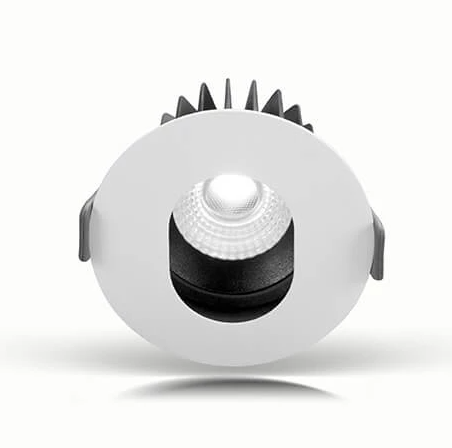
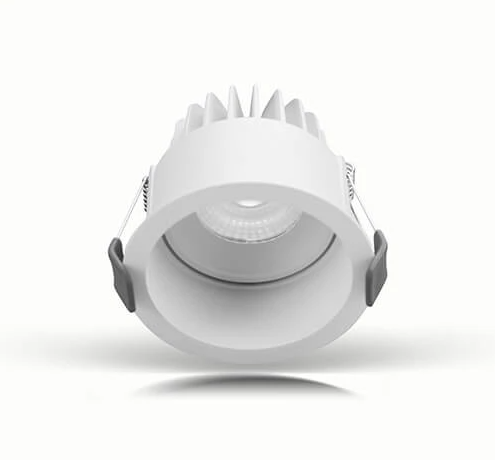
Recessed downlights are renowned for their streamlined design and unobtrusive appearance, making them ideal for modern engineering solutions where space optimization is paramount. Unlike bulky fixtures that protrude from the ceiling, recessed downlights are installed flush with the ceiling surface, creating a clean and minimalist aesthetic. This seamless integration not only enhances the visual appeal of engineering spaces but also maximizes available headroom and minimizes clutter, allowing for efficient use of space in laboratories, workshops, offices, and other engineering facilities.
Another advantage of recessed downlights is their versatility in design and application, offering engineers and designers the flexibility to tailor lighting solutions to specific project requirements. These fixtures come in various shapes, sizes, wattages, color temperatures, and beam angles, allowing for customization to suit different engineering environments and tasks. Whether illuminating workstations, conference rooms, corridors, or display areas, recessed downlights can be precisely configured to meet the unique lighting needs of each space, contributing to a cohesive and harmonious design scheme.
In the era of smart buildings and IoT (Internet of Things), recessed downlights are increasingly being integrated with advanced technologies to enhance functionality and efficiency further. Smart downlights equipped with sensors, dimming controls, and wireless connectivity enable automated lighting adjustments based on occupancy, daylight levels, and user preferences. This not only optimizes energy usage and reduces operating costs but also improves user comfort and convenience in engineering spaces. By harnessing the power of smart technologies, engineers can create intelligent lighting systems that adapt to changing needs and promote sustainability.
In conclusion, recessed downlights represent a modern lighting solution that is well-suited to the diverse requirements of engineering applications. From enhancing visibility and energy efficiency to optimizing space and integrating with smart technologies, these fixtures offer numerous benefits for modern engineering environments. By incorporating recessed downlights into their projects, engineers can create well-lit, comfortable, and aesthetically pleasing spaces that foster productivity, innovation, and collaboration. As the demand for sustainable, adaptable, and user-centric engineering solutions continues to grow, recessed downlights are poised to play an increasingly prominent role in illuminating the future of engineering.
 HK international lighting fair(Autumn Ed
HK international lighting fair(Autumn Ed
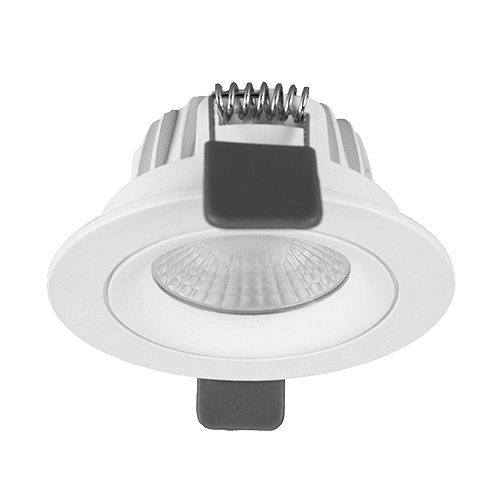 What Type of Downlight Is Suitable for H
What Type of Downlight Is Suitable for H
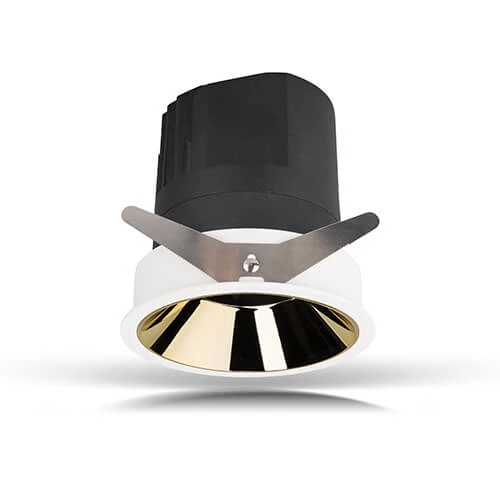 What Makes Recessed Down Lights Ideal fo
What Makes Recessed Down Lights Ideal fo
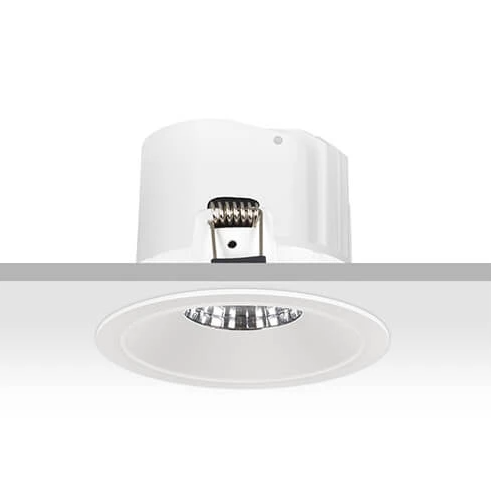 Enhancing Outdoor Lighting with IP65 Rec
Enhancing Outdoor Lighting with IP65 Rec